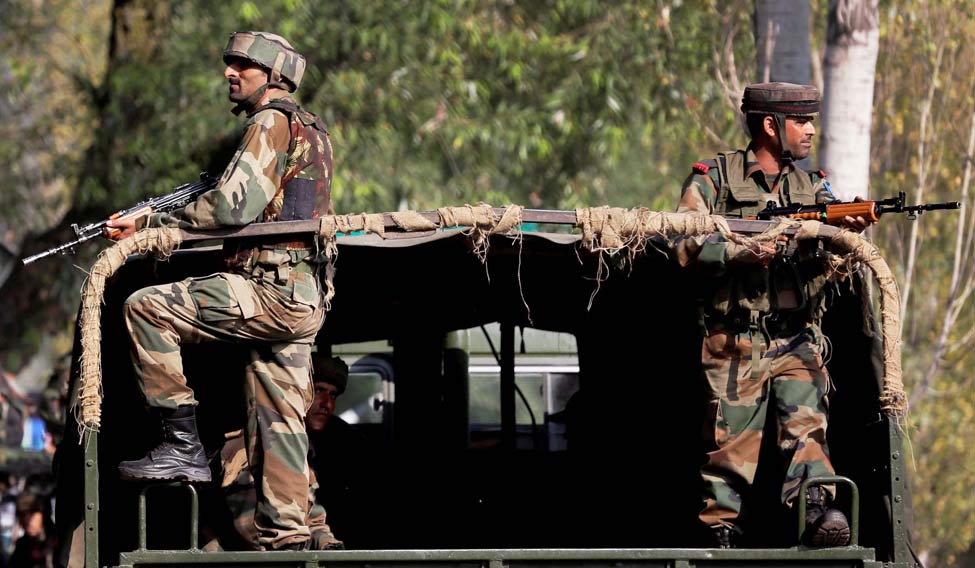The government's decision to extend full financial powers to the Army deputy chief to procure ammunition and ensure readiness for "short wars" is aimed at addressing a festering malaise within the armed forces. It had rung alarm bells in the government a few years back. The latest report by the Comptroller and Auditor General of India, on ammunition management in the Army, released in 2015, painted a grim picture.
According to CAG, ready availability of ammunition played a critical role in overall preparedness of the Army, even as it it noted that ammunition was not stocked at the minimum required levels. It said the availability was far below the minimum requirement that needs to be maintained at all times to meet operational preparedness.
"The critical shortage impacted the operational preparedness and training regimen of the Army," said the report.
The CAG said that an examination of the provisioning procedure of ammunition revealed that, nationally, the availability of all types of ammunition during the periods, 2008-2009 and 2012-13, was far below the authorised 40 days of War Wastage Reserves (WWR). India is required to maintain a WWR of 40 days of intense war, as per the Army's operational doctrine. However, it was revised to 20 days after the 1999 Kargil War.
The minimum availability requirement for different categories of ammunition ranged from 15 to 26 days.
But, the report noted that ammunition was not stocked even at the minimum required levels, coming down to 10 days in some cases.
The report said the availability of ammunition as on March 2013 was below par for 125 out of 170 types of ammunition (74 per cent), even as the stock level for most of the high-calibre ammunition like artillery guns and armoured fighting vehicles (tanks) remained below critical level.
The CAG, in its report, said that the matter of shortage of ammunition was brought to the notice of the ministry and Army headquarters in June 2013. The ministry, in turn, said that the non-availability of ammunition was not due to deficiencies in provisioning, but owing to slippages in the targets, inadequate budgeting, and delay in procurement through import at various levels.
It said that till such time the targets are met in total and adequate budget provided, the WWR stocks would keep on depleting.
It is only one years after the 2016 Uri attack that the government is ordering emergency procurements of ammunition and spares. Still not convinced at the speed at which the operational preparedness was being carried out, the government has now extended full financial powers to the Army deputy chief.
Incidentally, the move has come at a time when the LoC is burning with repeated infiltration attempts and the frontier with China is on an operational alert; the latter has threatened to change the status quo in the Doklam area on the Sikkim border, a tri-junction between China, Bhutan and India.





